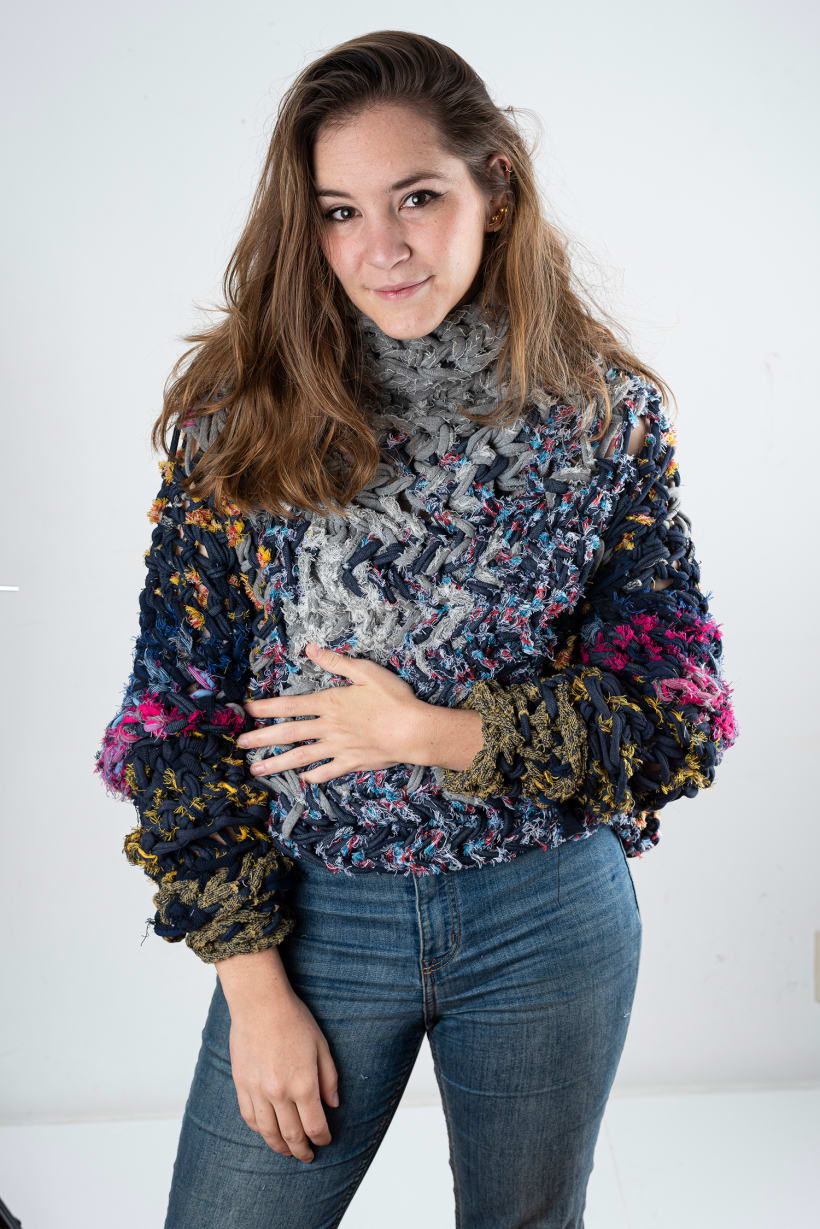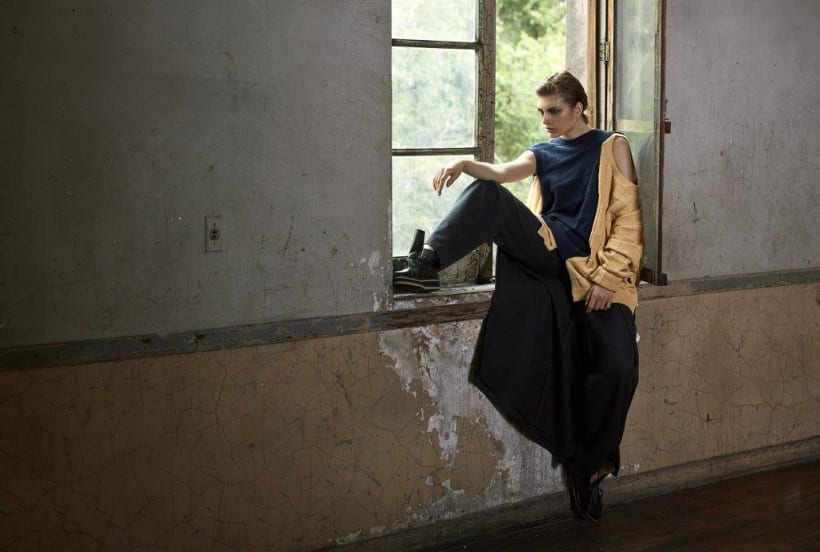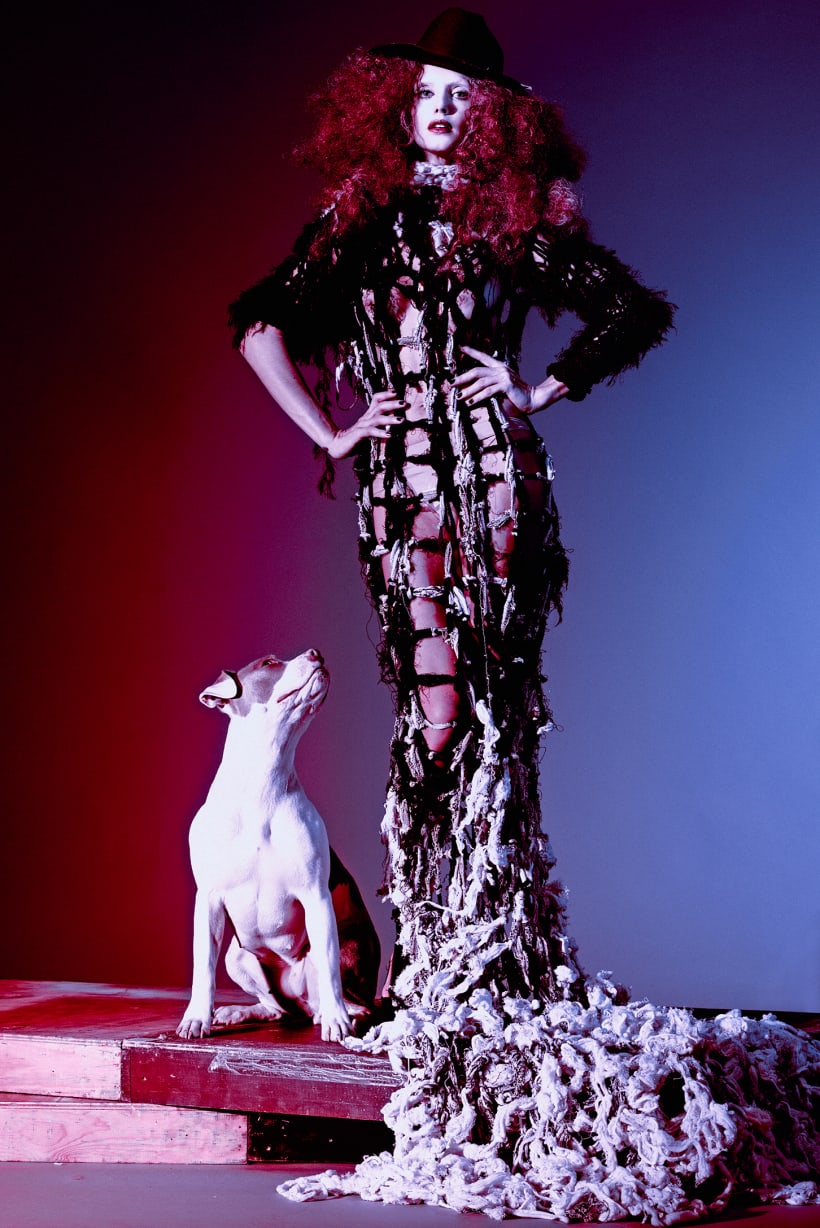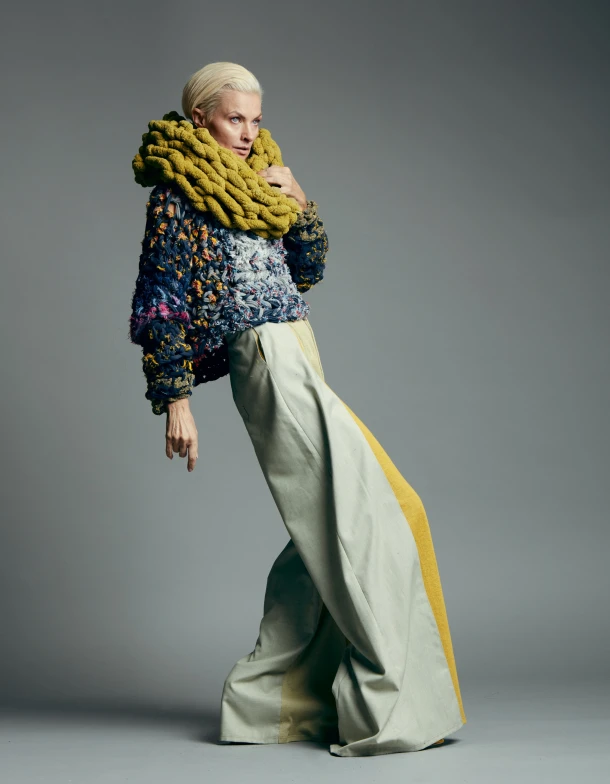Ximena Corcuera Explains the Sustainable Design Trend
Ximena Corcuera (@ximenacorcuera) is a fashion designer who has been interested in experimentation as a lifestyle from a young age. She is an expert in sustainable and experimental fashion and design. As a passionate advocate of responsible fashion, we spoke with her to learn more about upcycling, a trend that is gaining strength in the world of design and fashion design, and to know what you need to start.
What is Upcycling and What Can You Do With It?
Upcycling is a recent term used to describe or encompass techniques that involve the transformation of waste or discarded materials into new objects of value. It can be applied to any type of design and object making: furniture, clothing, textiles, decorative objects, etc.

Why is Upcycling Especially Important at a Time When the Fashion Industry Seems to be Under Scrutiny?
We are historically at a pivotal point as a society where we cannot continue to operate in the excessive and accelerated manner in which we have been doing. Today more than ever, we need to change the way we do things.
Proposals such as upcycling provide us with action tools to begin making these changes in our consumption habits.
Upcycling provides us with an important starting point to give a second life to things, promoting a circular economy where nothing is thrown away. As for upcycling in general, the limits are set by your imagination!

How did you find Upcycling?
During my stay and my process in Spain. I had time for research on sustainable processes, designers, and techniques, and it was during this time that I formally discovered upcycling.
Although if I think about it deeply, it has always been present in my life: when I used my father’s pants to make bags and backpacks; or the foam rubber mattress of my bed to make a latex stage costume. As a child, upcycling was always a tool to create and play with the things I had available without having to buy anything extra.

Who Can Practice Upcycling?
Anyone with imagination, interest in the topic, and a desire to have fun. It is truly an experimental technique with very varied paths. The important thing is to maintain the root and the goal: to create new proposals and pieces from what we would consider garbage or unusable.
In my course, it is designed so that no prior knowledge is required. The course takes you step by step from the theoretical part, which in this case is very important, to the specific technique that does not require knowledge of pattern making, fashion, weaving, or any other.
The technique is done by hand without the need for any special material or technical knowledge. The idea is to spread a technique that helps us generate awareness and gives us close tools to spread a conscious and sustainable way of doing things.

 Love For Upcycling
Love For Upcycling

0 Comments